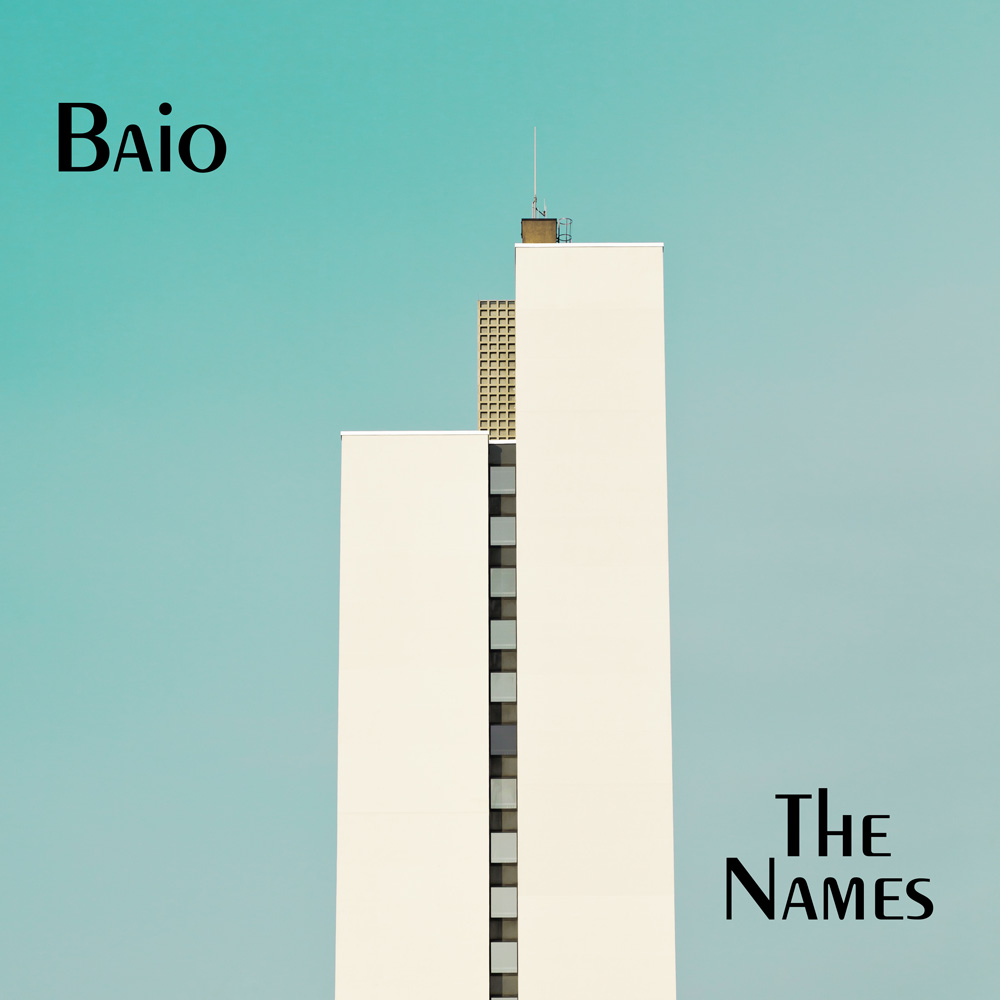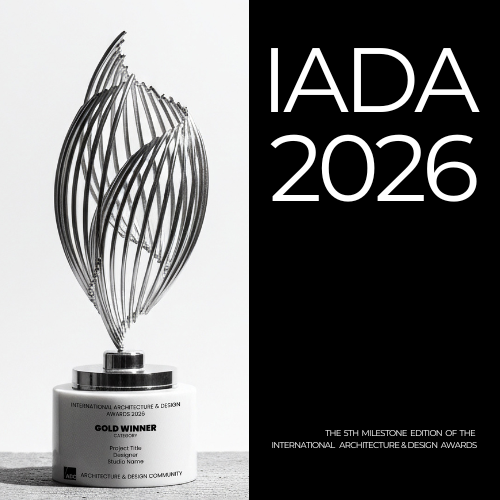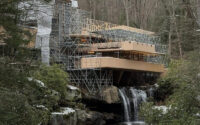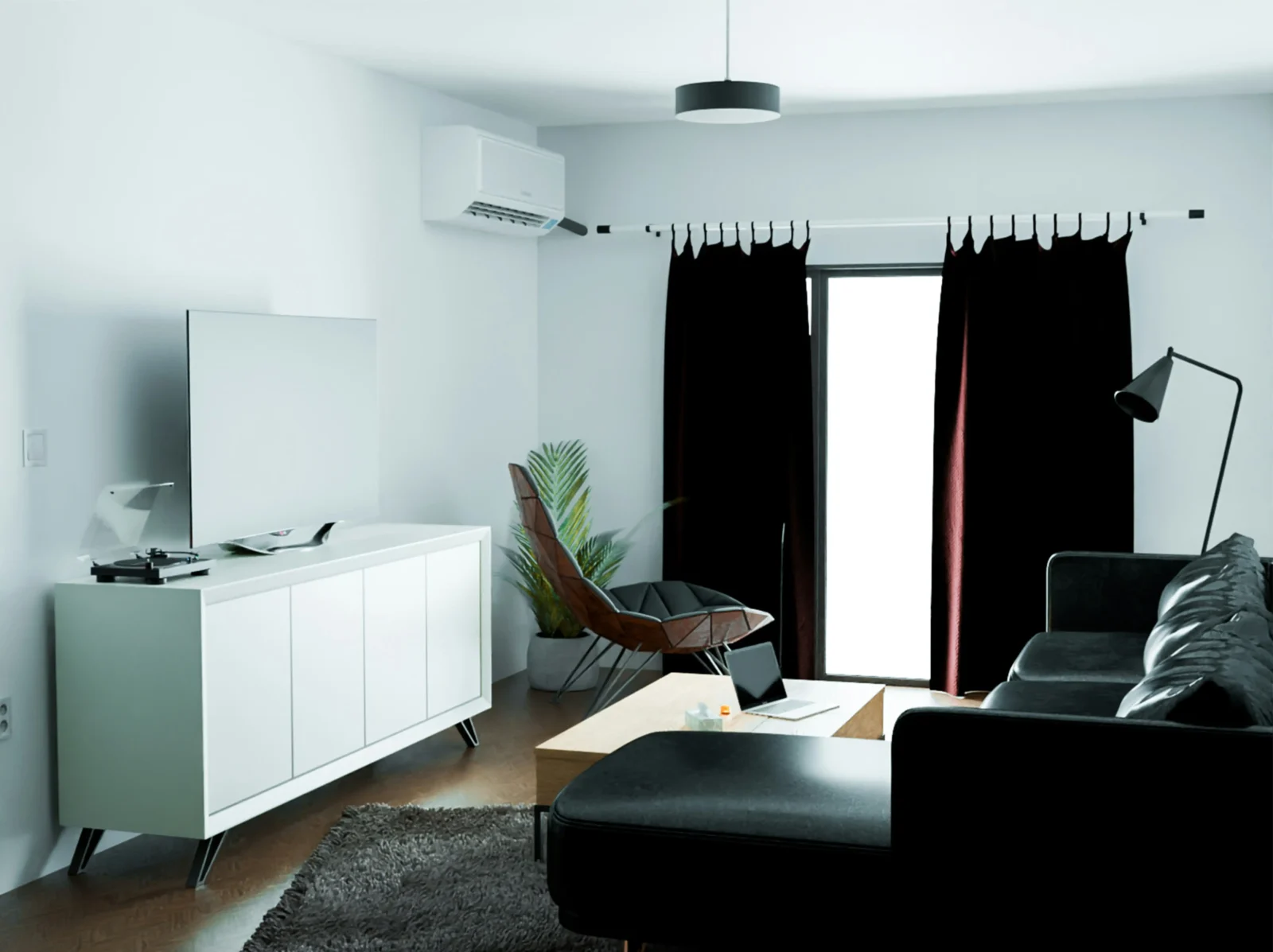- Home
- Articles
- Architectural Portfolio
- Architectral Presentation
- Inspirational Stories
- Architecture News
- Visualization
- BIM Industry
- Facade Design
- Parametric Design
- Career
- Landscape Architecture
- Construction
- Artificial Intelligence
- Sketching
- Design Softwares
- Diagrams
- Writing
- Architectural Tips
- Sustainability
- Courses
- Concept
- Technology
- History & Heritage
- Future of Architecture
- Guides & How-To
- Art & Culture
- Projects
- Interior Design
- Competitions
- Jobs
- Store
- Tools
- More
- Home
- Articles
- Architectural Portfolio
- Architectral Presentation
- Inspirational Stories
- Architecture News
- Visualization
- BIM Industry
- Facade Design
- Parametric Design
- Career
- Landscape Architecture
- Construction
- Artificial Intelligence
- Sketching
- Design Softwares
- Diagrams
- Writing
- Architectural Tips
- Sustainability
- Courses
- Concept
- Technology
- History & Heritage
- Future of Architecture
- Guides & How-To
- Art & Culture
- Projects
- Interior Design
- Competitions
- Jobs
- Store
- Tools
- More

For all designers or the ones who are going to be, you might hear that question many times. (If you haven’t yet, don’t worry, you are going to) But, have you ever questioned it? When people are telling us that we need a signature, what are they trying to say? A real one on the buildings or products? Of course and luckily, not. The thing they are trying to say is, you need to have a ‘style’ and for sure it should present you. Let me explain a bit more.
I want you to think about huge brands. Category doesn’t matter. Each one of them has a different style. To explain better, let’s think about clothing brands. For instance, when you see a Burberry hat, you can easily recognize it because it gives you some tips about their way of design. It’s the same for Chanel, Balenciaga, Jacquemus, and many other successful brands you know very well.
Now, think about architecture and architects. Do you have someone who has that specialty in your mind? If you don’t have, try to think about the most known ones. Le Corbusier, Mies van der Rohe, Frank Lloyd Wright, Frank Gehry, Toyo Ito, Tadao Ando, Aldo van Eyck, Carlo Scarpa, SANAA, Zaha Hadid… etc. So, what comes into your mind when someone says SANAA? Try to think about three or four of their projects. Also, you got bonus ones! Here, the ones I have selected for you;
 Social Housing in Paris
Social Housing in Paris

Bocconi University Campus in Milan
Bocconi University Campus in Milan illustrates contemporary architectural innovation and forward-thinking design. Designed by the renowned architecture firm SANAA, the campus exemplifies sleek lines and glassy facades, bringing a modernistic aesthetic to Milan’s traditional architectural landscape.
Located southwest of Milan’s city center, the campus spans 35,000 square meters. This expansive area includes multiple interconnected buildings, open spaces, and student-oriented facilities. Lush greenery complements the minimalistic design, creating a harmonious blend of nature and architecture.
One of the campus’s standout features is its seamless integration with surrounding urban spaces. Transparent facades and atriums foster an inclusive environment, promoting interaction between students and the community. For instance, ground-level courtyards function as public meeting spaces.
Energy efficiency and sustainability are key aspects of the design. The campus maximizes natural light, reducing dependency on artificial lighting. Solar panels and green roofs enhance energy conservation efforts. These sustainable practices align with the university’s commitment to environmental responsibility.
The learning environments within the campus set new standards for academic infrastructure. Flexible classroom layouts, advanced technological installations, and collaborative spaces cater to diverse educational needs. This adaptability supports various teaching methods and learning styles.
The Bocconi University Campus in Milan stands as a testament to architectural brilliance. It merges functionality with aesthetic appeal, reflecting the intellectual and cultural ethos of Milan.

Okayama University in Japan
Okayama University in Japan showcases a harmonious blend of traditional Japanese aesthetics with modern architectural advancements. Established in 1949, the university’s campus spans a significant area, featuring buildings designed to encourage a convergence of nature and innovation.
Integration of Nature and Design
Buildings on the Okayama University campus reflect traditional Japanese architecture through the use of natural materials like wood and stone. Notably, the integration of gardens and open spaces creates a serene learning environment. Courtyards and green roofs further enhance this connection to nature.
Use of Modern Technology
Modern technology plays a pivotal role in the design of Okayama University. Energy-efficient systems, intelligent building management, and technological infrastructure support the needs of students and faculty. Examples include automated lighting controls and advanced HVAC systems.
Collaborative Spaces
The university prioritizes collaborative learning environments. Lecture halls, labs, and common areas are designed to foster interaction. Modular furniture and adaptable spaces allow for varied teaching approaches, supporting both individual work and group projects.
Architectural Innovations
Architectural elements like tatami-floored rooms and sliding shoji screens coexist with glass-walled classrooms and sleek administrative buildings. This blend of old and new provides students with a unique environment conducive to academic growth and cultural appreciation.
Commitment to Sustainability
Sustainability is integral to the university’s architecture. Solar panels, rainwater harvesting systems, and waste reduction initiatives demonstrate a commitment to environmental responsibility. These features reflect Japan’s broader efforts to promote sustainable practices.
Okayama University’s architectural signature, combining traditional Japanese elements with contemporary design and sustainable technologies, embodies a profound respect for both heritage and progress.

Grace Farms in United States
Architectural signatures have the power to shape our surroundings and influence our experiences. From the modern elegance of Bocconi University in Milan to the harmonious blend of tradition and innovation at Okayama University in Japan, these campuses illustrate how design can foster community interaction and sustainability. By appreciating and understanding these architectural signatures, we can gain a deeper respect for the spaces we inhabit and the stories they tell.
Can you recognize the similarities? Curves, thin columns, colors, and so on. However, as far as I am concerned the most important thing is, we see three different usages in four projects, nobody can say that they are the same as copy-paste. But they have a style. Whenever you see a SANAA building, you recognize it. About your design, whatever is about, it should have a rhythm inside of it. It might even present your character. If you consider architecture by countries, you can agree that the architecture is different, because they have their signatures.
I hope you can get a signature soon or not. It’s not easy, but all the best results pass from tough paths!
Submit your architectural projects
Follow these steps for submission your project. Submission FormLatest Posts
Best LED Shop Lights 2026: Brightest Options for Garage & Workshop
In 2026, LED shop lights have become essential for creating safe, efficient,...
Coloring Your Year: Using Traditional Lunar New Year Hues to Transform Your Apartment Décor
Lunar New Year always brings a burst of color and energy, making...
Chandelier Light vs Ceiling Lights: Which Decorative Lighting Works Best for UAE Homes in Winter?
Winter in the UAE doesn’t arrive loudly. It doesn’t announce itself with...
Marketing for Architects: How Firms Are Getting More Clients Without Chasing Leads
Architectural marketing has changed in important ways. Referrals and reputation still matter,...


 Social Housing in Paris
Social Housing in Paris













Leave a comment